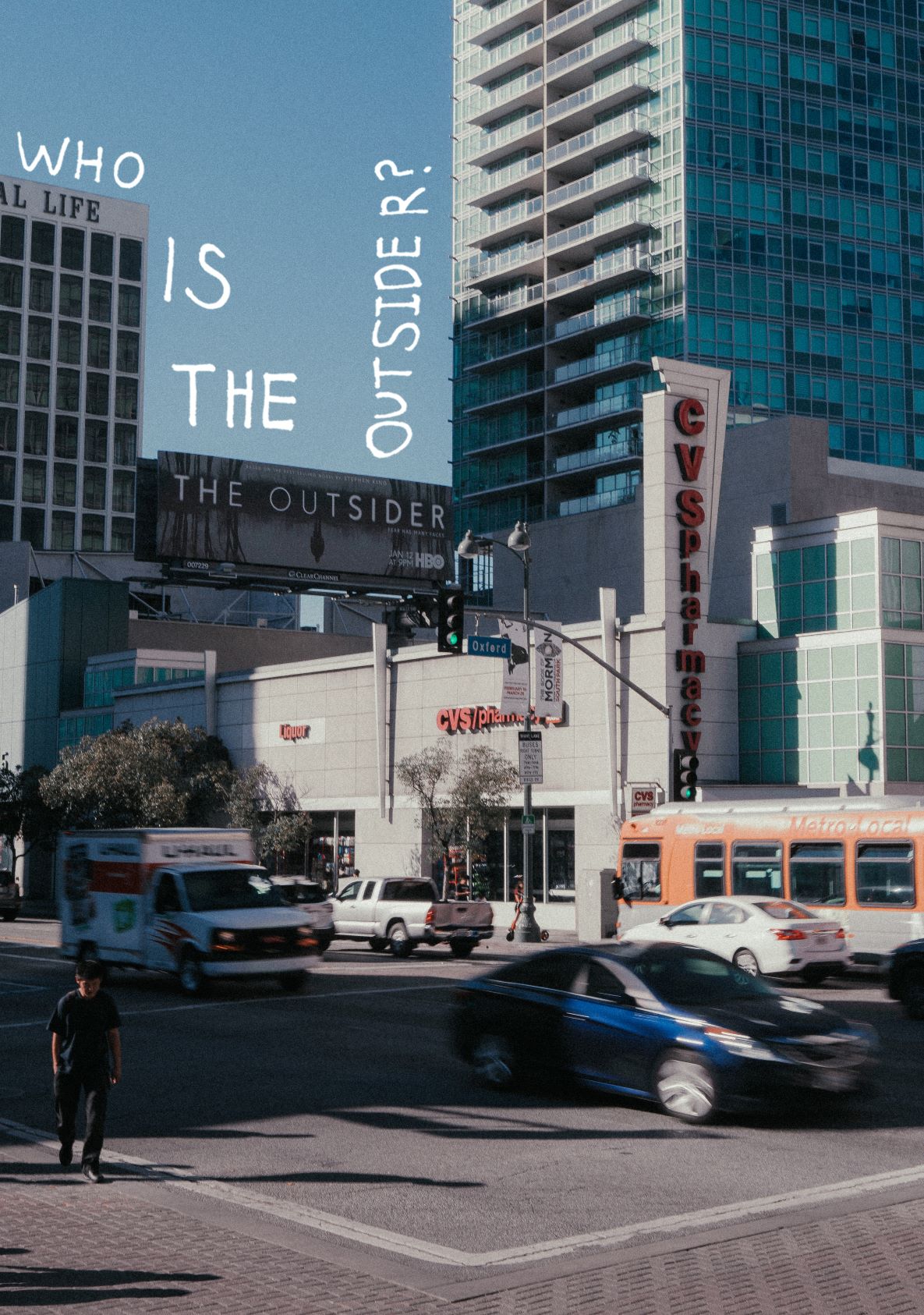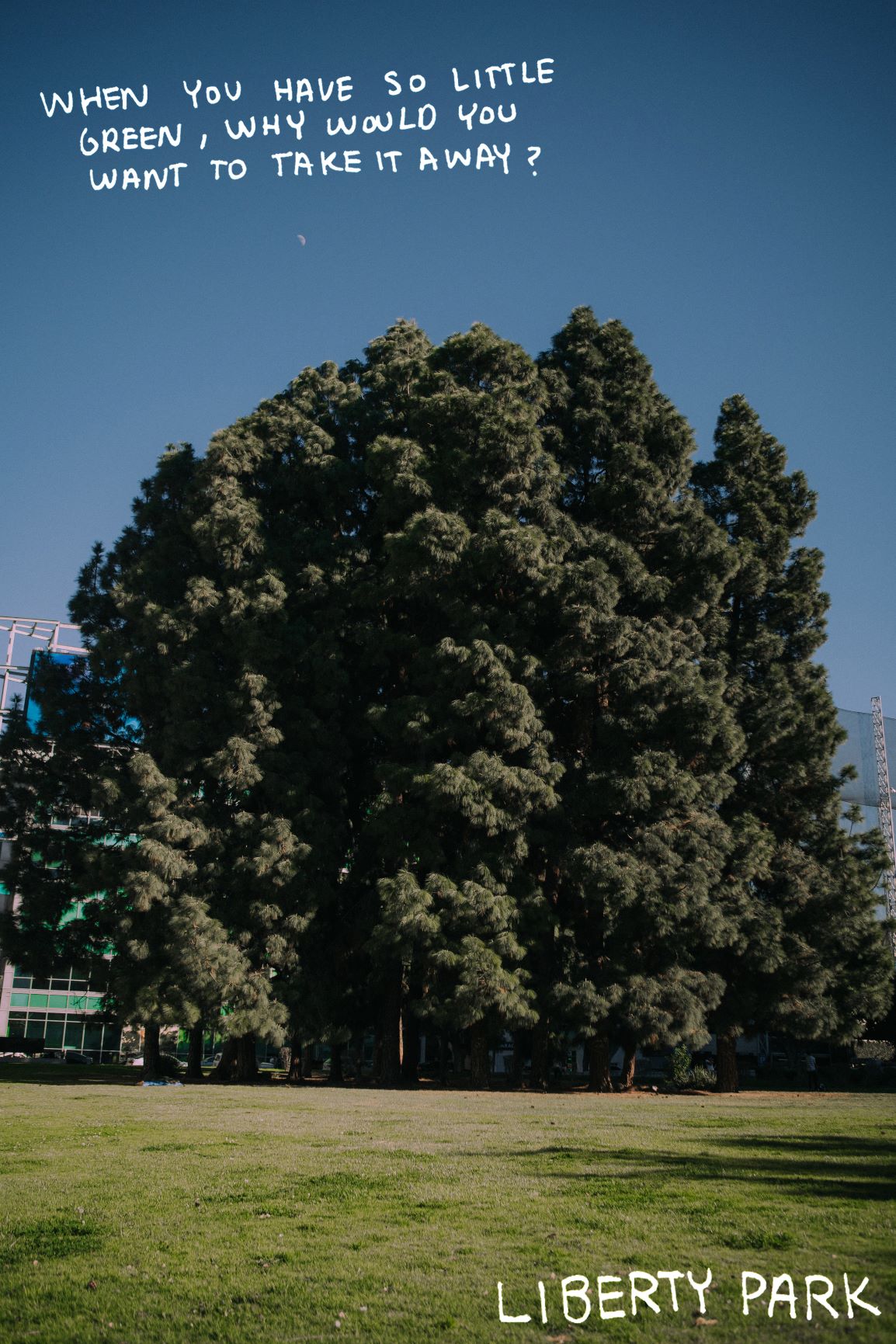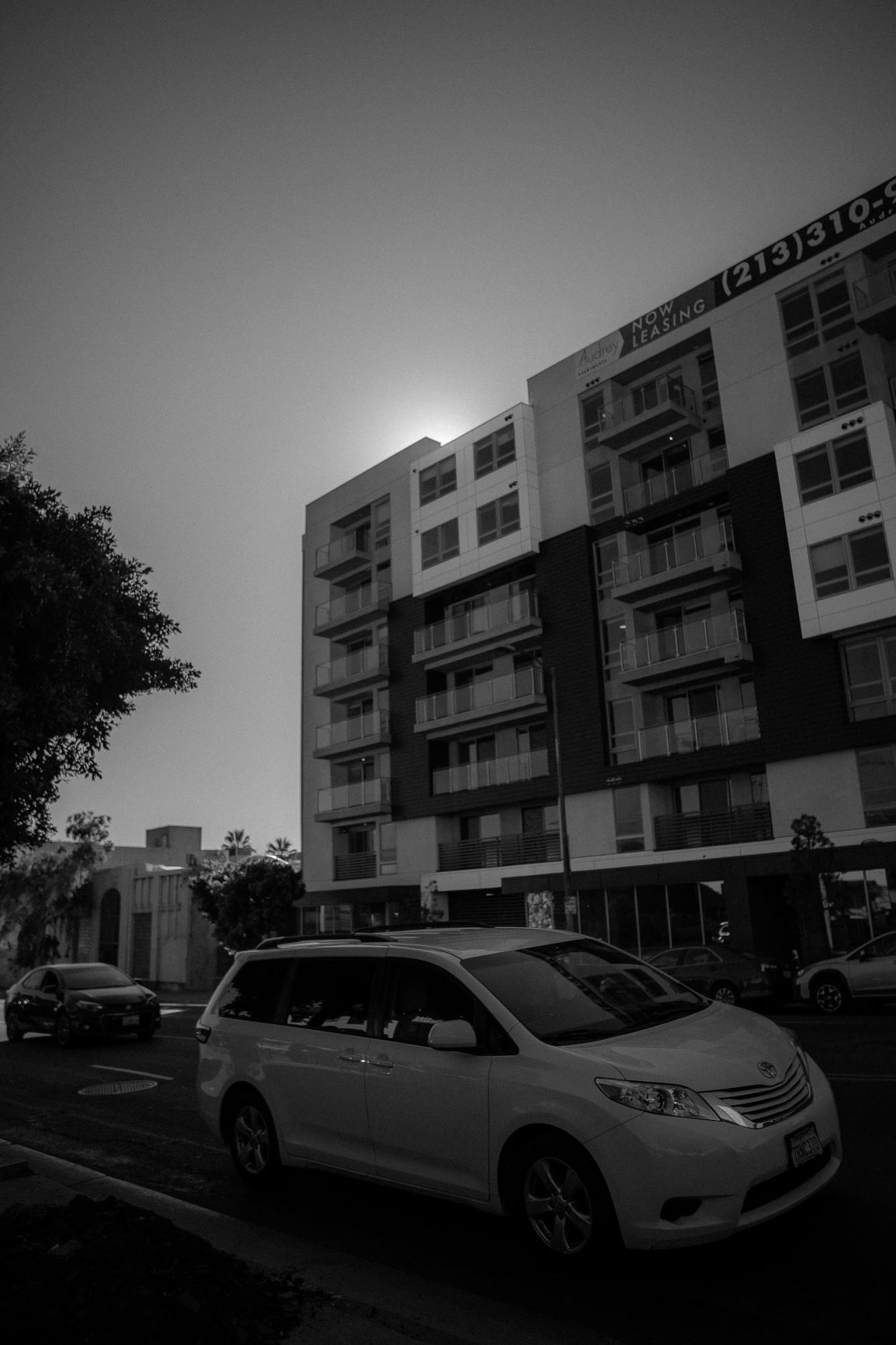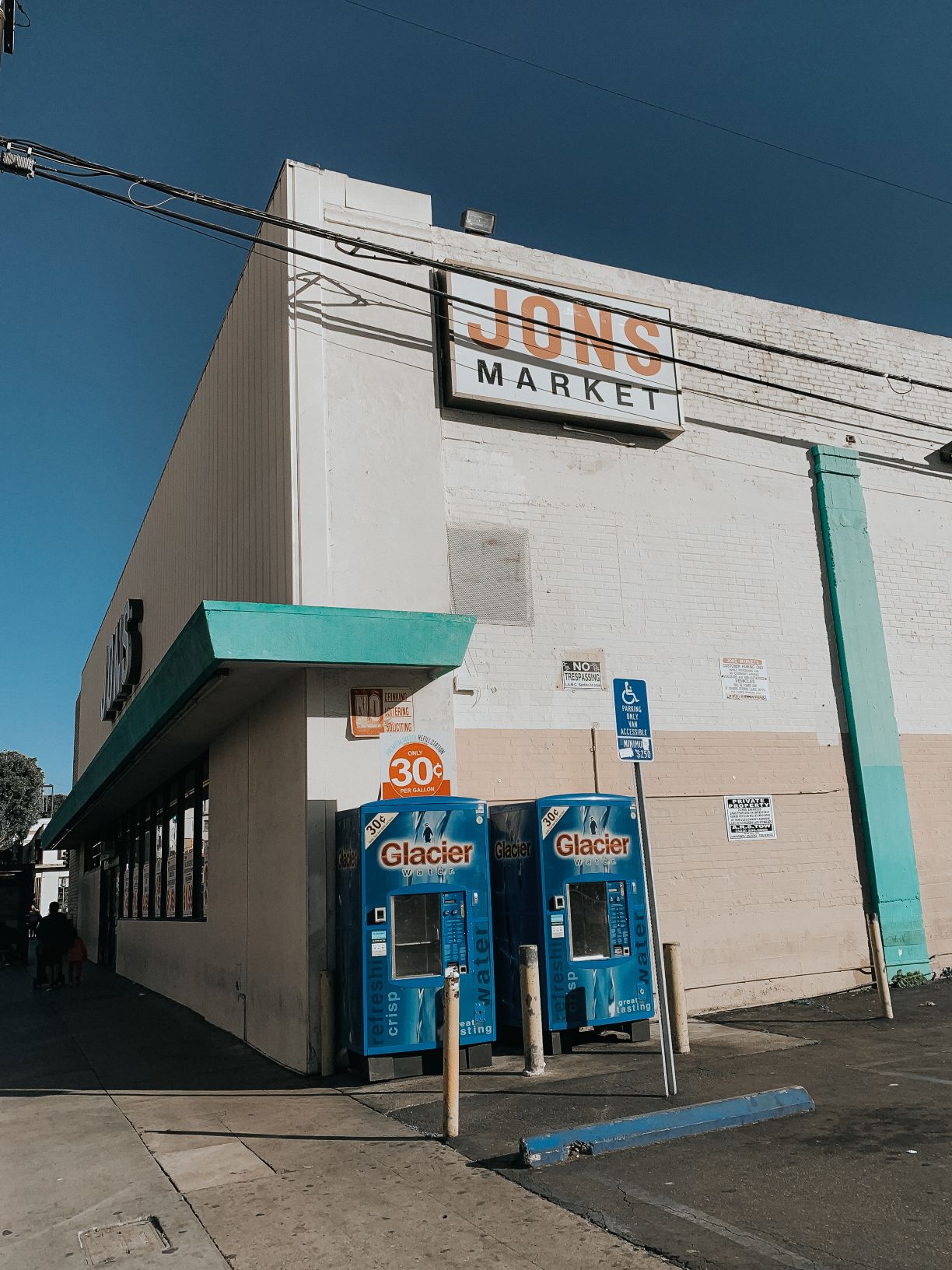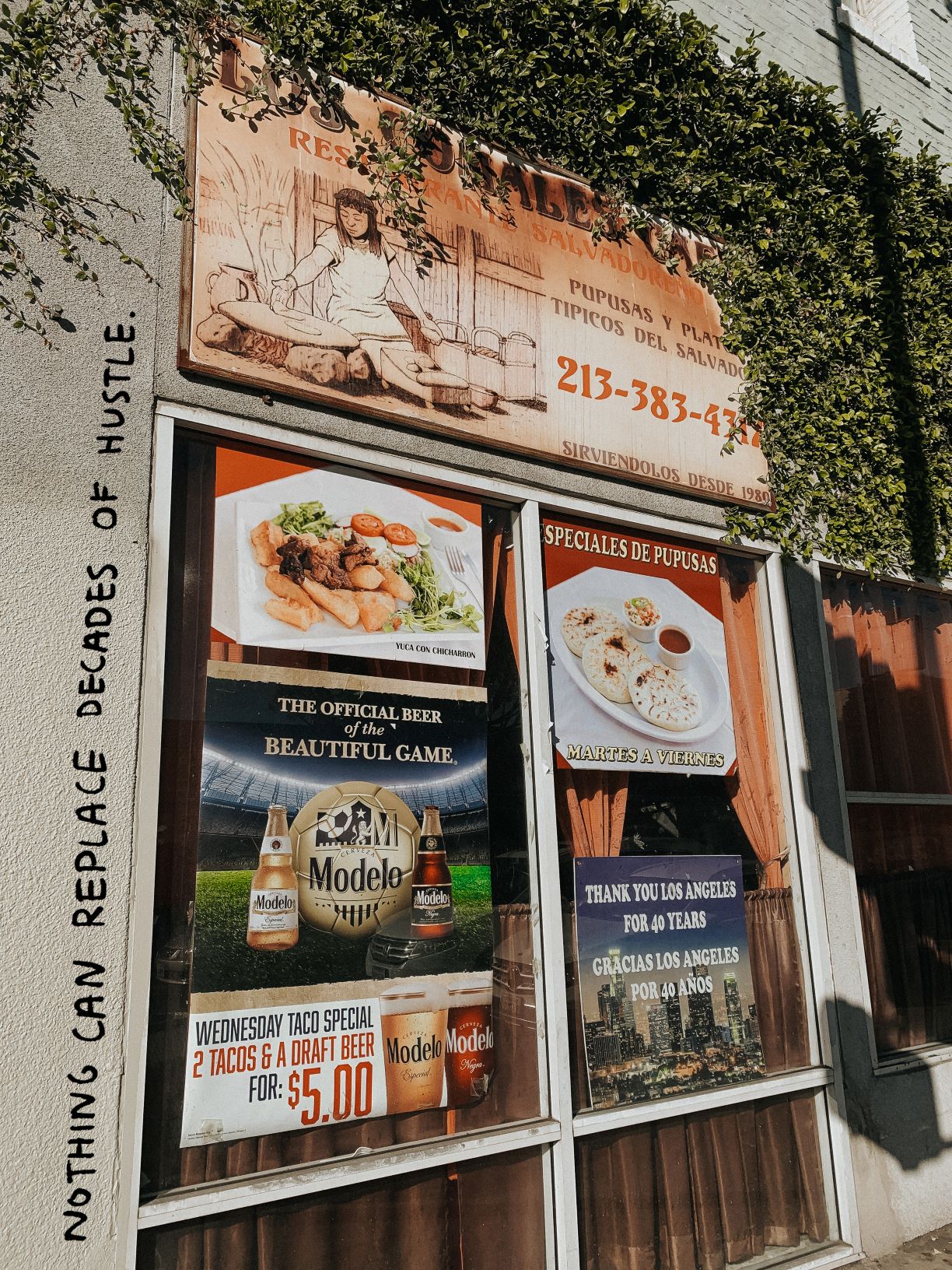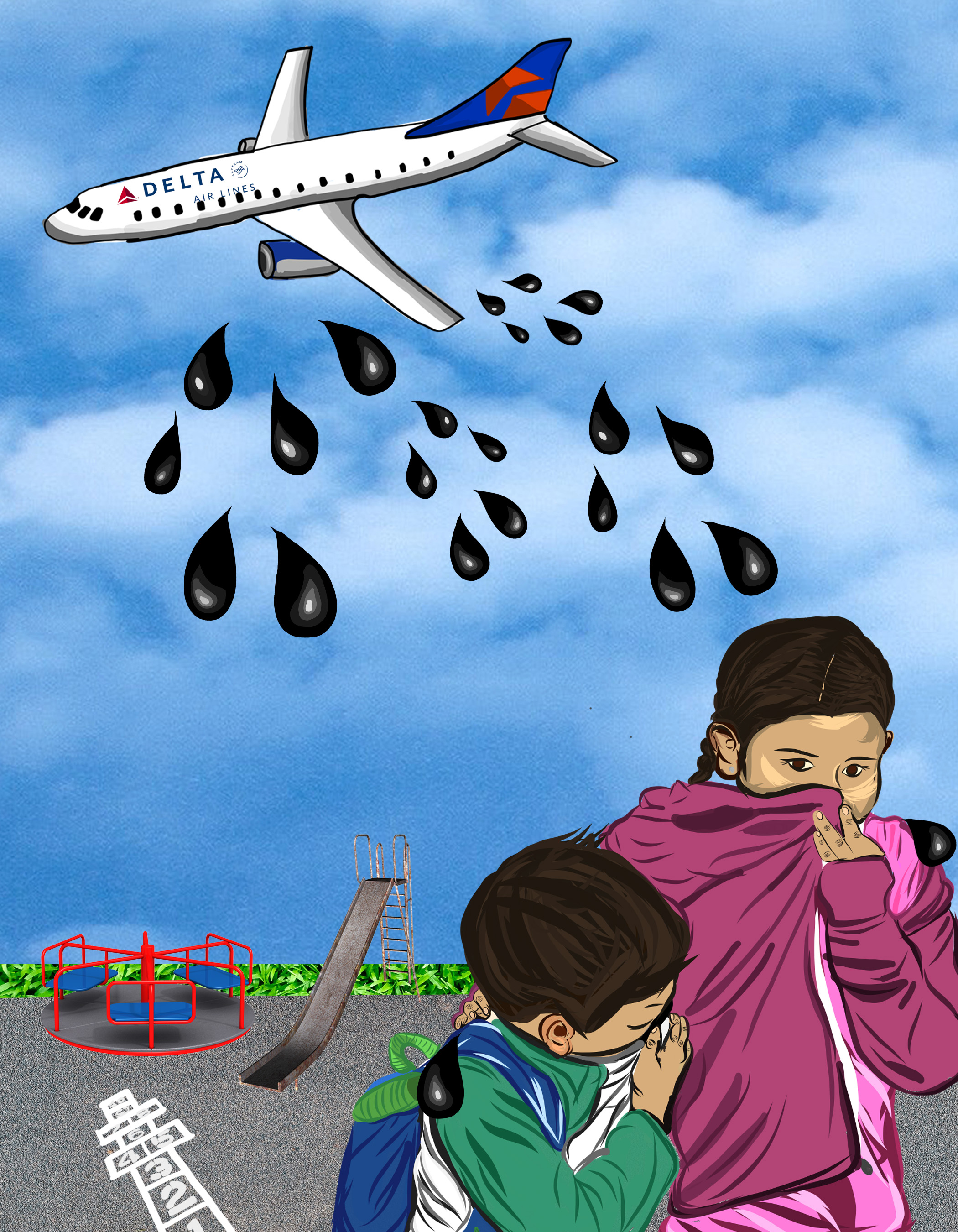Koreatown: and the Impact of Cultural Displacement
By: Jessica Martinez
Two years ago, I visited the newly opened, hip and fresh vegan burger joint, located just a few streets from my childhood apartment. As I entered, the environment was lively and welcoming. However, something about the faces, the food, and the ambiance felt off. As I stood there waiting for my burger, I came to the realization that years ago, 10 year old me stood in that exact spot waiting for an order of pozole. When I came home to my parents, they confirmed that this newly established burger joint had in fact replaced the old local Mexican restaurant that brought together much of the Latinx community in Koreatown.
Part of me had always viewed dialogue on gentrification as an economic transaction between the poor and the rich, wherein rising rent displaces local residents. But the more I look back at my childhood and compare it to the reality of present-day Koreatown, the more I realize the heavy influence and complexities of gentrification and its role in culture. Culture in itself, plays a huge part in defining the consequences of displacement and gentrification. Standing in that vegan burger joint and seeing all the white customers, who wouldn’t have dared to step foot in this community less than a decade ago, made me realize the duality of culture. Seeing culture as a tool by and for corporations to attract well-off, often white, gentrifiers into cities painted and glowing with culture.
Promising a “new” experience and a look into the “LA scene”. But also seeing culture as something that the wealthy feel comfortable taking away from local communities when it challenges their vision. Corporations are excited to profit off culture, but feel no remorse when they displace the same people who brought this culture to life.
When you gentrify, you displace, erase, and shift decades of history built and filled by locals. Immigrants and dreamers built Koreatown. They made it beautiful. The abuelitas and tias selling tamales down the street fed several generations of hungry hijxs, workers, and parents. The hard-working Korean elementary school teacher helped raise generations of brilliant and resilient students. Brown men, built and constructed our homes – creating spaces that would comfort generations of families.
When you gentrify, you might think you’re just getting rid of bodies, but you are getting rid of history and culture. You are stripping a city of its beauty.
So as I go back to the city I grew up in, part of me takes time to cherish the spots that still remain. The local lavanderia where I watched and helped my mom fold our clothes. The tortilleria down the street from Jons where I’d follow my mom up and down the aisle, watching her.
The Salvadoran cafe where my mom would treat me to a pupusa, but only “si me porte bien” . Even the parking lot that seems mundane, but grows beautiful flowers that adorn it throughout the seasons.

